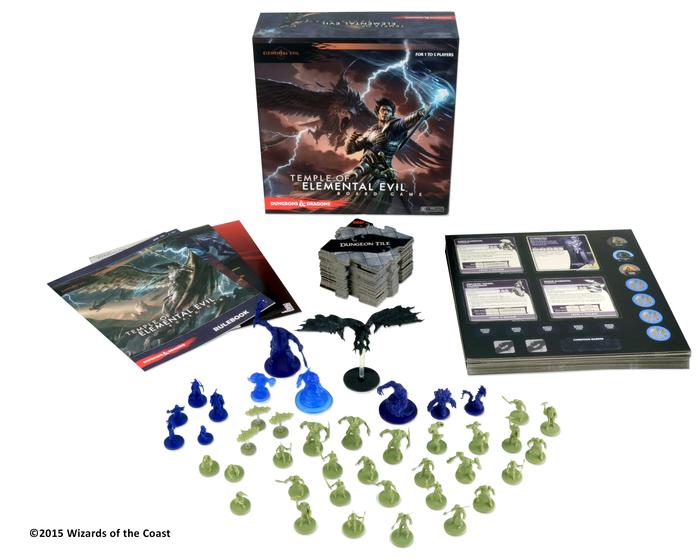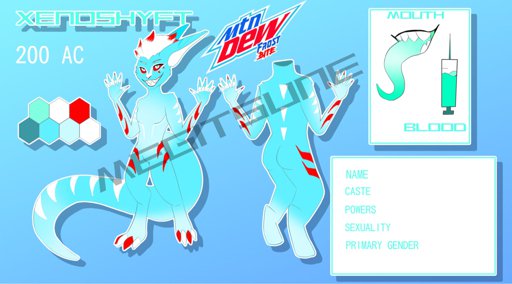
/pic3506475.jpg)
For example, in Energy Empire, you get a 3 point bonus if your last-to-be-polluted column is unpolluted at the end of the game. These two approaches often result in the same net score, but the experience of play differs considerably. Most Euros, Energy Empire included, hand out bonuses for which you might not qualify instead. It's a nice package.Ĭomparing the two, it's interesting that Rosenberg's intuition-even in his less harsh games-is always to penalize, to put his players in a bit of a hole. I will say that the components are very nice, though-tokens that are far thicker than they need to be, resource pieces that are very evocative and attractive (those oil barrels are super heavy!). The theme is also a bit of a hash (some energy policy, some domestic commercial production, some geopolitics). The fact that it's a worker-placement game adds to that sense. You've probably played games like it before-perfectly pleasant, functional Euro. I didn't find anything special about the game, though. A note that some people compared this to the play of the original Manhattan Project, which I haven't played. You just keep going around the table until you're done, no end-of-round cleanup phase or anything. On your turn, you either place a worker and activate buildings you've built or you take all your workers back, roll some dice to generate resources, and possibly pollute. The neatest thing about Energy Empire is its round structure, in that it doesn't have one. There's a bit of player interaction here, in that to place your workers you need to pay one more than the previous occupant did-but in practice that doesn't lead to much. Taking the opposite tack from Odin, Energy Empire gives you a board giving you lots of points from the outset, and you lose them as you cover your landscape with pollution (you only score at the end, but the effect is the same). You already know if you want to try it.Įnergy Empire (played twice): I received this game as a review copy from the publisher. I still prefer Agricola (my favourite Rosenberg, and probably my second-favourite worker-placement game), but it's close.īut as I said, it's Rosenberg's newest. I've been having a great time with the game. I was worried that my aversion to spatial puzzles would turn me off, but my concern was ill-founded. It's hard to initially grok how much that income can help you, so new players are at a pretty deep disadvantage but that's to be expected. Odin thus feels a lot like an investment game you take out these "loans" (boards with negative points) and try to pay them off (by covering them). The board-filling of Odin is made yet more interesting by the ability to get more boards, many of which initially put you deep in the red but allow you to potentially generate more income and net a lot of points. It lessens the screwage of wonky turn order issues, though, and I respect those that care about that deeply.

This isn't my preference, in part because I find it enhances the sense of multiplayer solitaire.

Feast for Odin is squarely in the "loose" category. It's the difference between Agricola ("Crap, I'd better do this sub-optimal thing so I don't starve!") and Caverna ("Rubies for everyone! Wheee!").

First of all, one can (and I will) distinguish between Rosenberg's such games that are "loose" (lots of ways to get resources to do what you need, you never really need to scramble to feed people, you rarely feel other players or the game have a knife to your throat) and games that are "tight" (the opposite). Here are some thoughts on recent workers I've been placing.Ī Feast for Odin (played a handful of times): It's Uwe Rosenberg's latest medium-heavy worker-placement game.


 0 kommentar(er)
0 kommentar(er)
